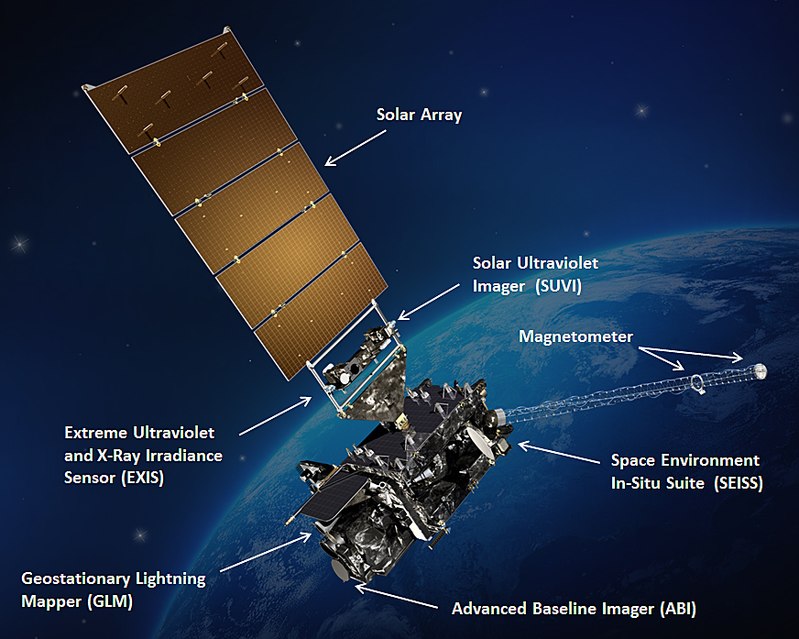Soon, weather scientists will have an even stronger eye in the sky once a new advanced weather satellite launches this March.
The GOES-T, short for Geostationary Operational Environmental Satellite, is aiming for liftoff March 1 from Cape Canaveral Space Force Station thanks to a collaboration between the National Oceanic and Atmospheric Administration and NASA along with several other partners.
GOES-T, roughly the size of a small school bus, is the third in the GOES-R series of four advanced weather satellites. The four-part project costs $11.7 billion.
"The value is returned to us public in benefits provided," said Pam Sullivan, director of the GOES-R program. "The observations of these satellites is even more critical now that the U.S. is experiencing a record number of billion dollar disasters."
Last year, dry and heated conditions led to an unprecedented amount wildfires in the northwest U.S. with thousands of acres burned. Both Germany and China experienced historic flooding, and the Atlantic saw 21 named tropical systems, the third highest amount behind 30 named storms in 2020 and 27 in 2005.
GOES-T should be able to help meteorologists determine potential areas of disaster before they occur, said John Gagosian, Director, NASA's Joint Agency Satellite Division. The satellite will allow scientists to monitor and predict environmental conditions like hurricanes, thunderstorms, floods, dense fog and fire.
The GOES-R satellites are equipped with advanced technology that deliver 60 times more imagery than the previous generation, Sullivan said, such as the new Advanced Baseline Imager (ABI), which can view the Earth in 16 different kinds of spectral bands including two visible channels, four near-infrared channels, and 10 infrared channels. The previous generation of GOES could view only five different bands. The ABI will help scientists predict where fires on the West Coast could start before they ever form, Sullivan said.
GOES-T is also equipped with a lightning camera that tracks severe storms that spawn tornadoes and damaging winds.
Juggling even more than terrestrial weather, GOES-T will have a hand in monitoring space weather, too, by keeping an eye on solar storms that could potentially harm Earth's power grids. The satellite is equipped with space weather tools like a particle flux sensor, solar irradiance monitor and a magnetometer, Sullivan said.



 RSS Feed
RSS Feed